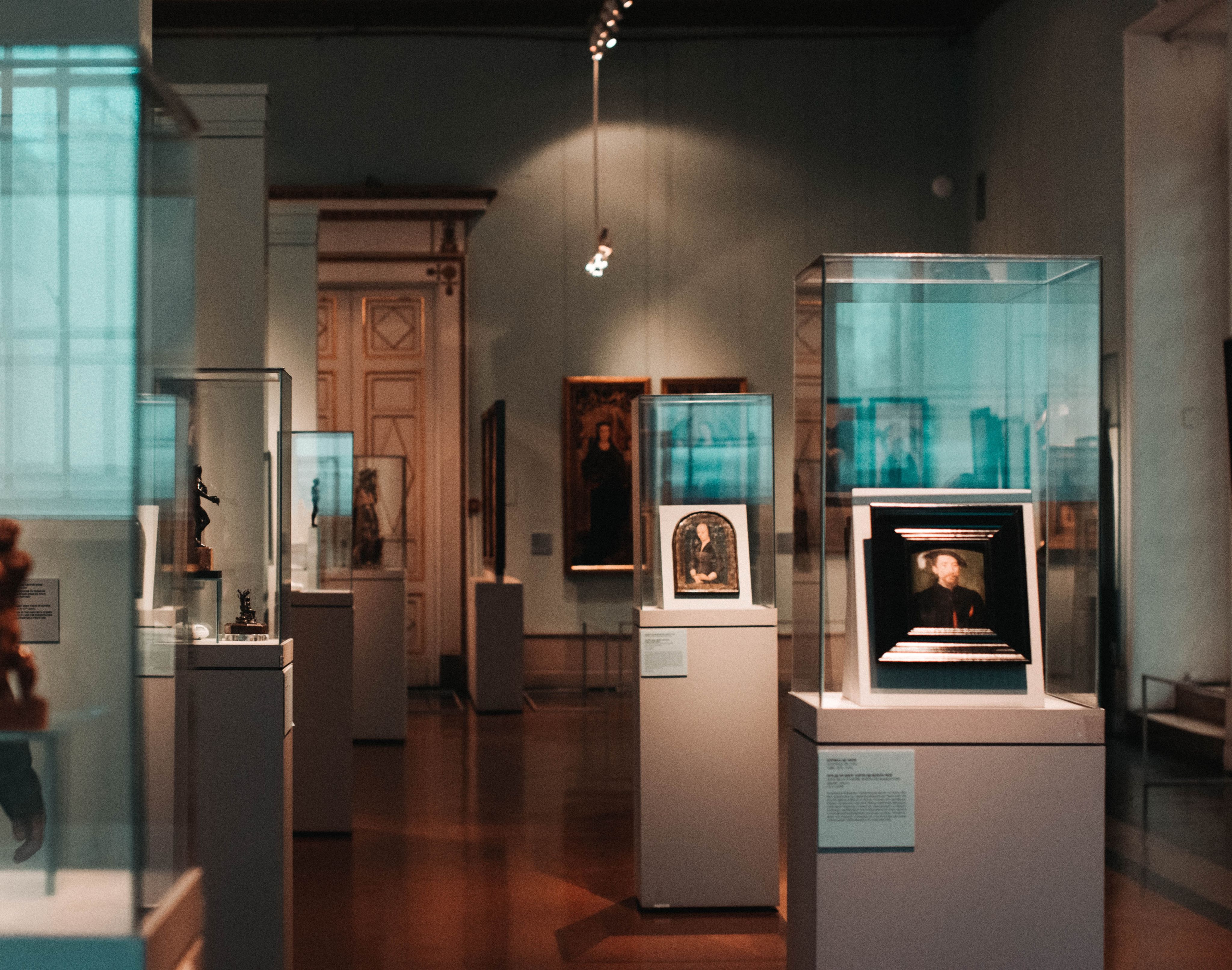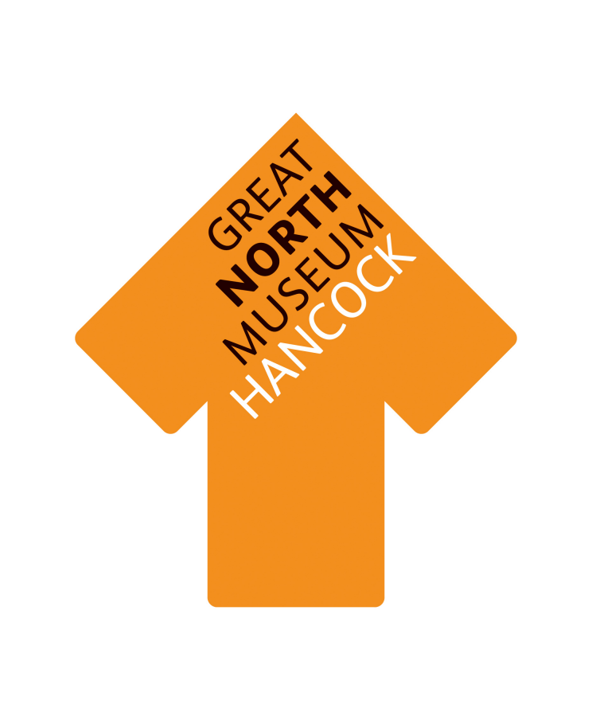History of Medicine
Featuring work produced by GCSE History students from Cardinal Hume Catholic School
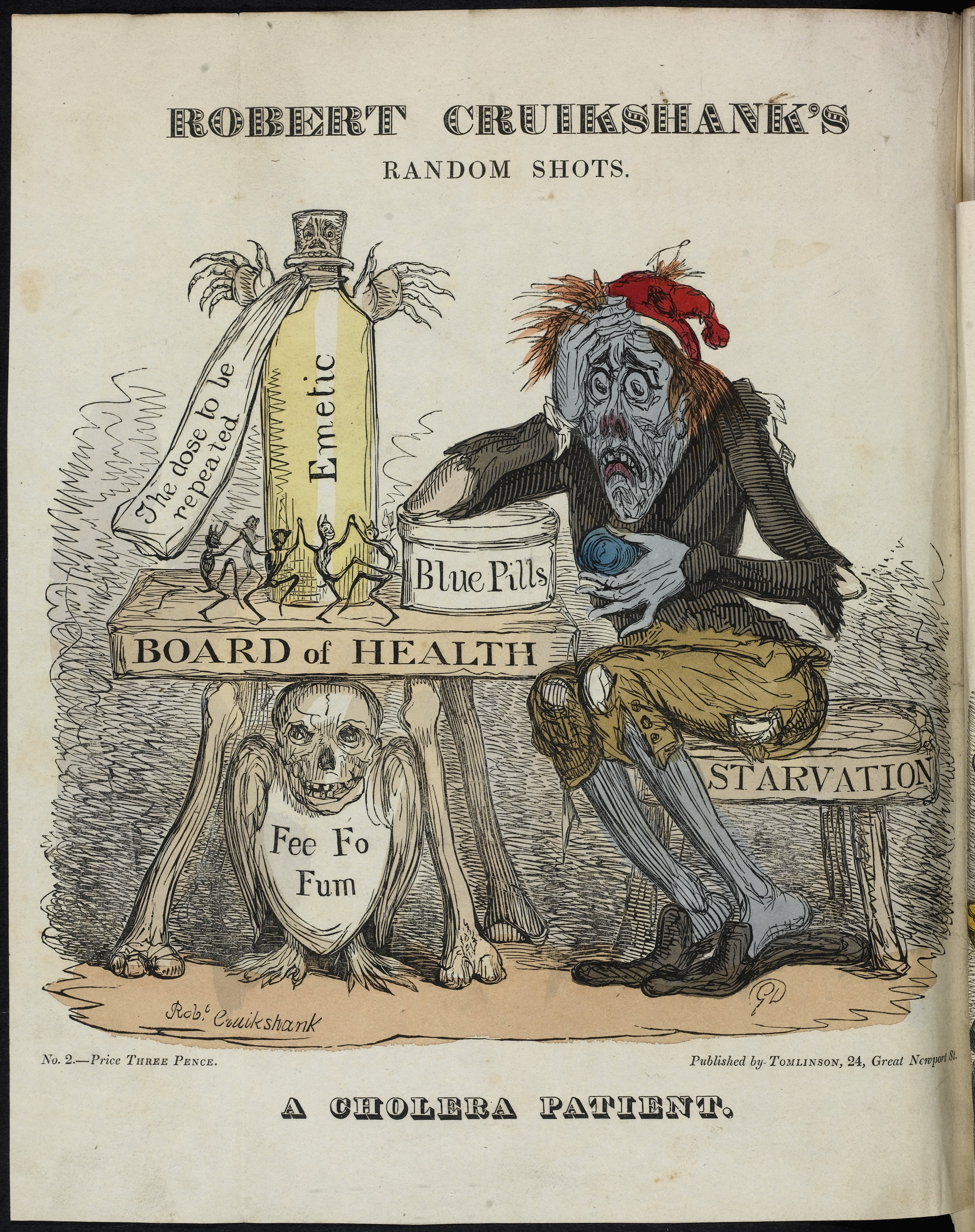
This project was inspired by the fantastic primary source material held in the Great North Museum: Hancock and Newcastle University’s Special Collections and Archives.
As part of their GCSE History studies,students from Cardinal Hume Catholic School in Gateshead, explored the history of medicine in collaboration with Newcastle University and the Great North Museum.
The students took part in the following activities:
- Used a handling collection containing replicas/copies of medical objects and books from the Great North Museum and Newcastle University Special Collections.
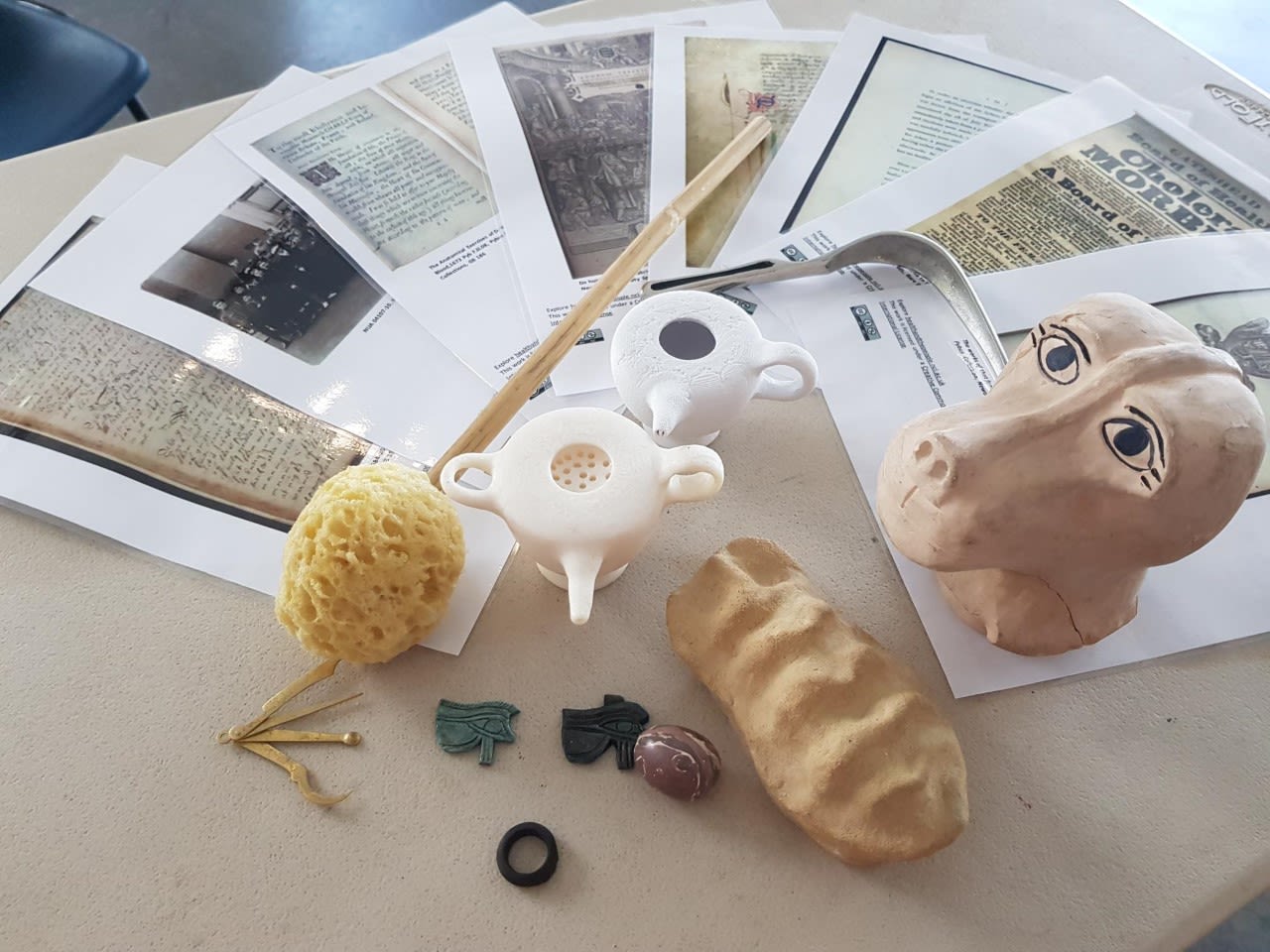
- Participated in live sessions via Teams with staff from the Great North Museum and Newcastle University Library based on primary sources.
- Used digital resources and videos created by staff from Newcastle University to learn about the history of medicine.
- Learnt about possible careers in medicine and current medical research by watching videos created by Newcastle University staff and students
- Took part in live sessions via Teams delivered by Newcastle University Street Scientists
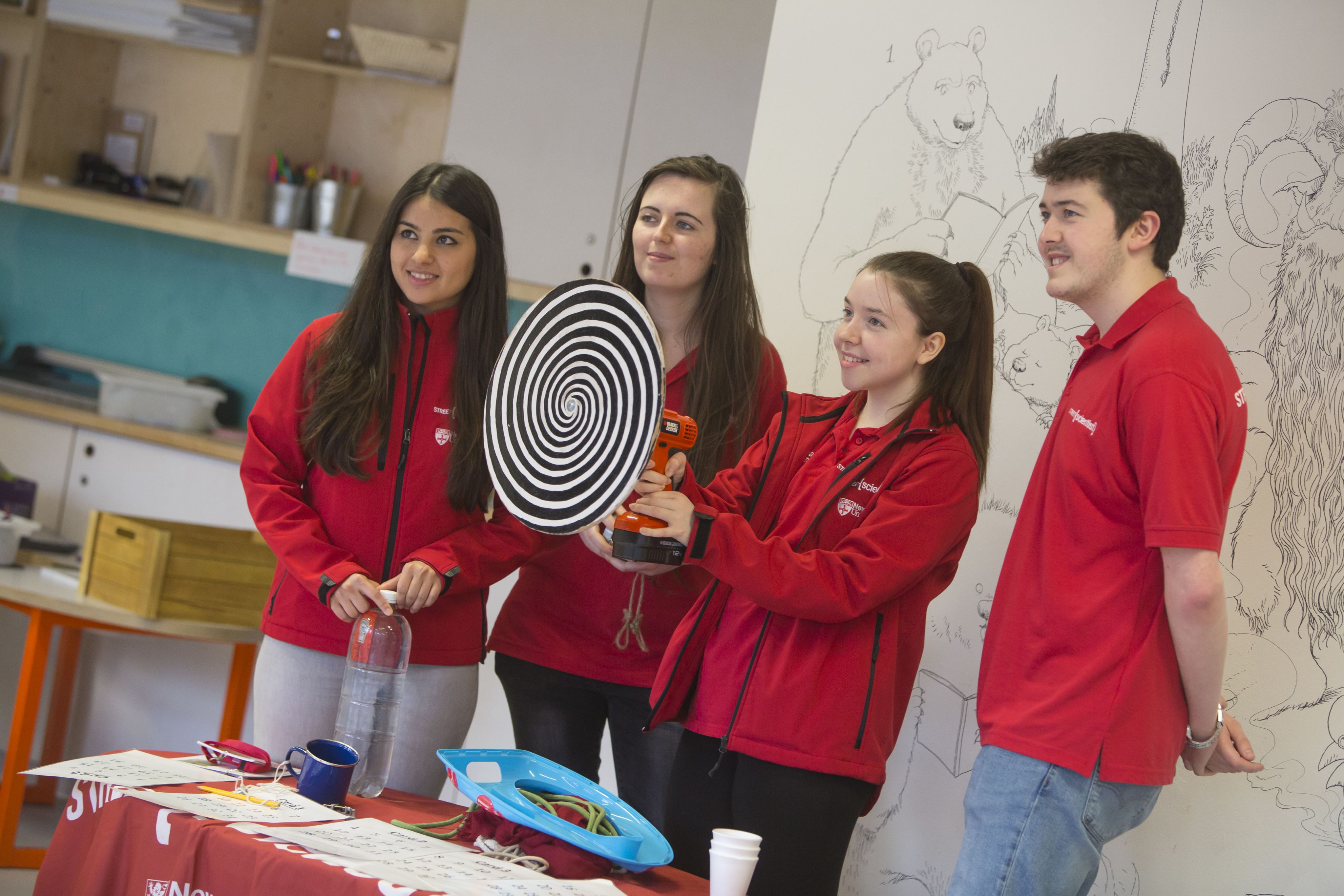
- Two students even got to take part in an in-person work experience placement at the Great North Museum!
The students were then challenged to demonstrate their learning by creating information panels for a public exhibition at the Great North Museum.
In this online version of the exhibition, the students’ work sits alongside the primary sources which inspired this project, and information about current medical research taking place at Newcastle University.
Browse the gallery below to find out about some of the primary sources which inspired this project and are currently on display at the Great North Museum: Hancock.
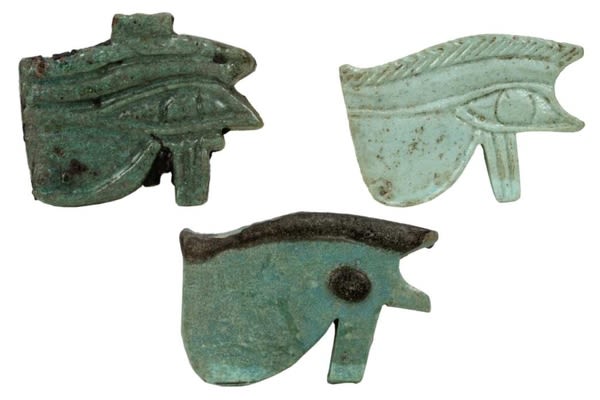
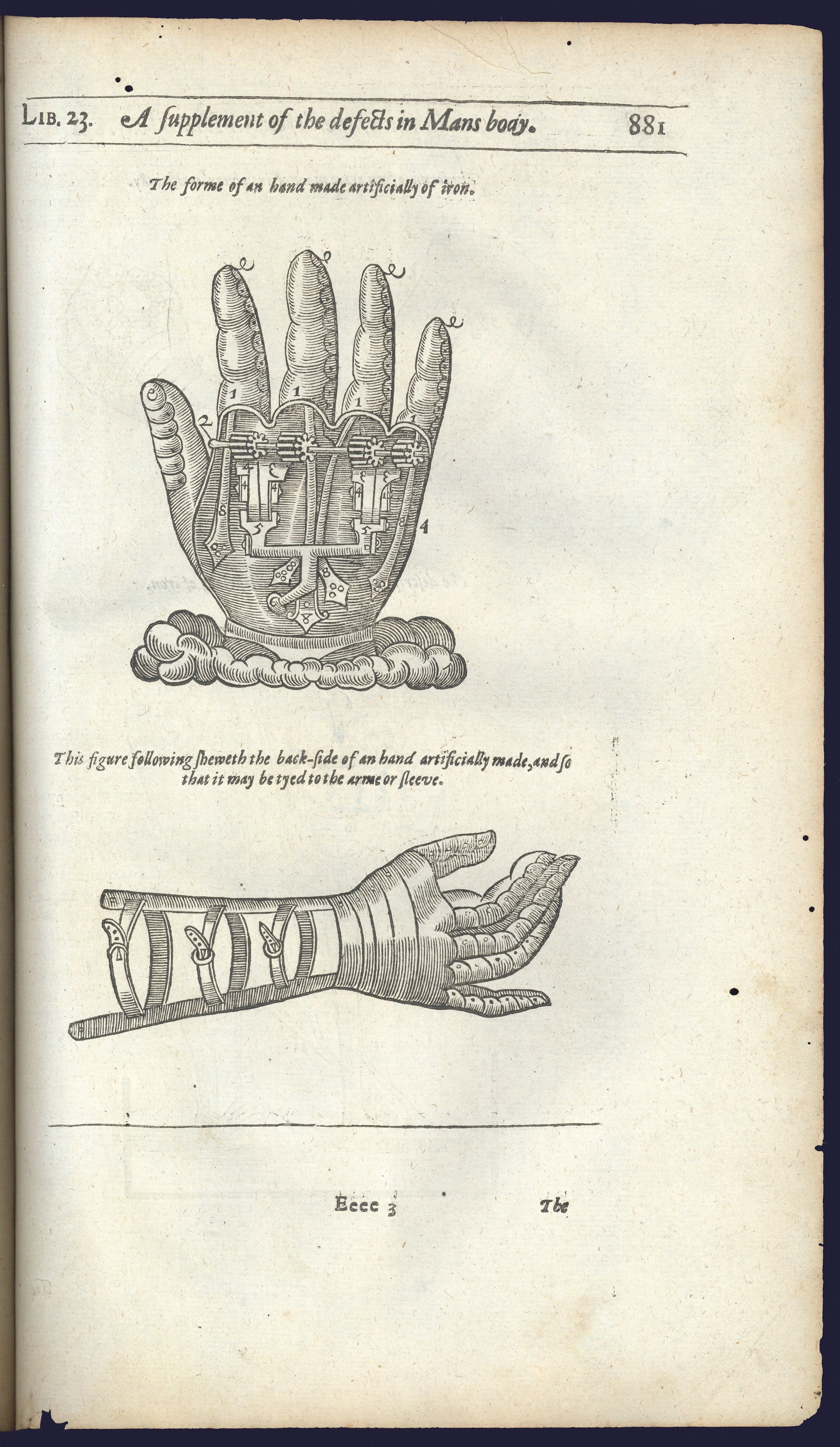
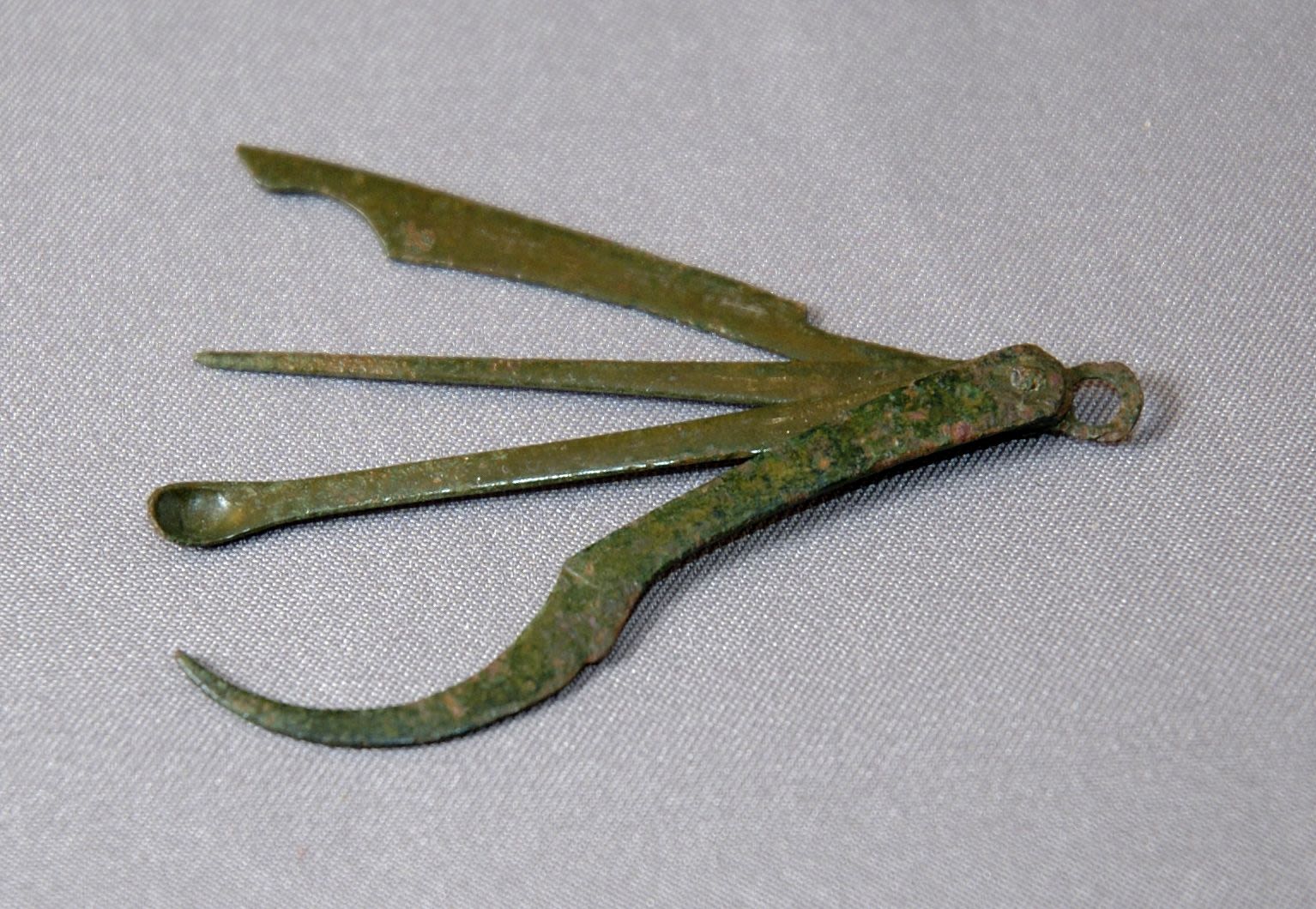
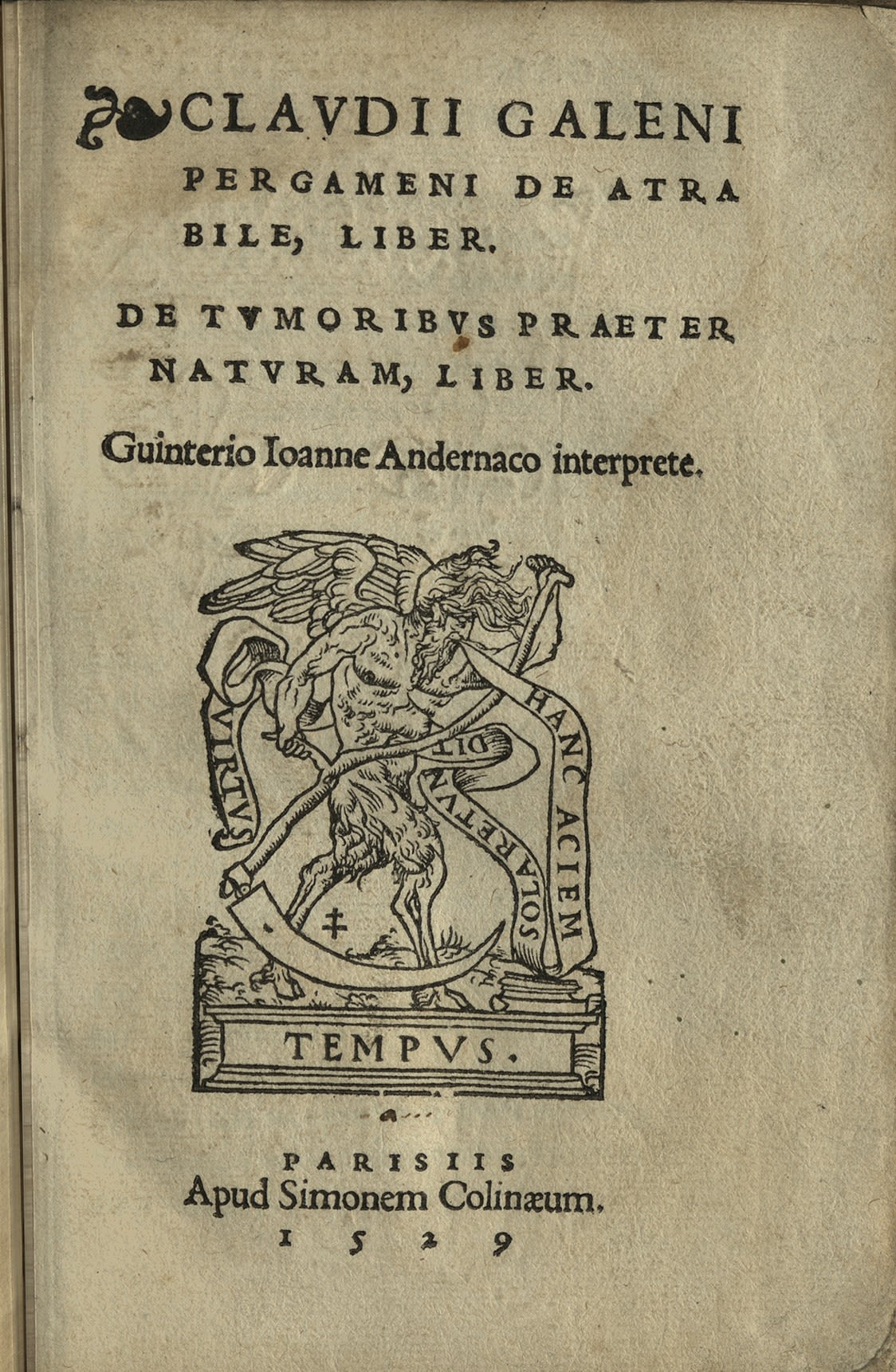
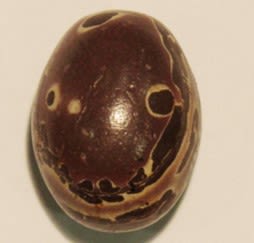
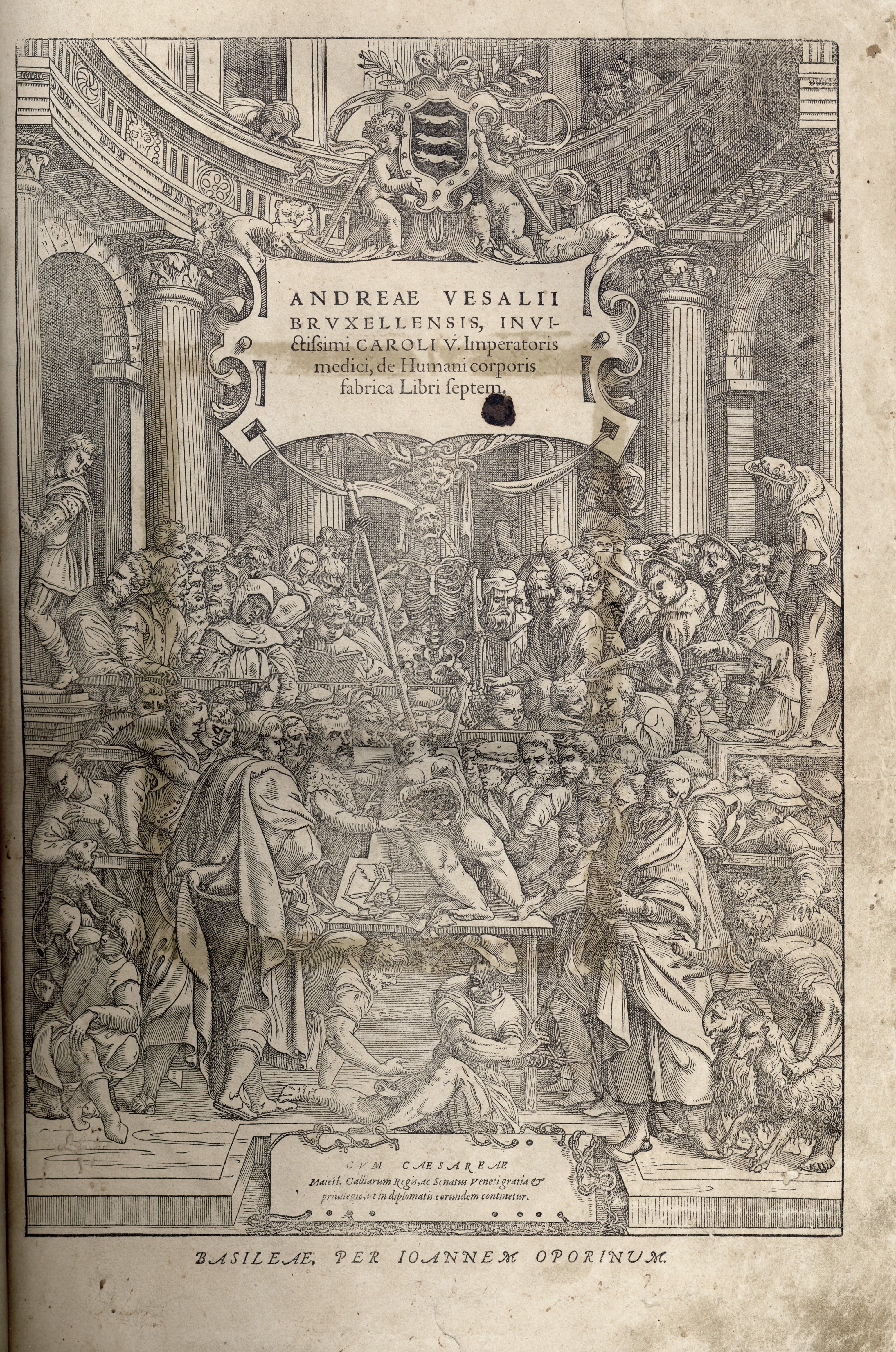
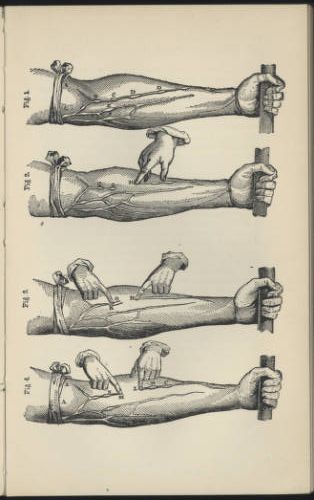
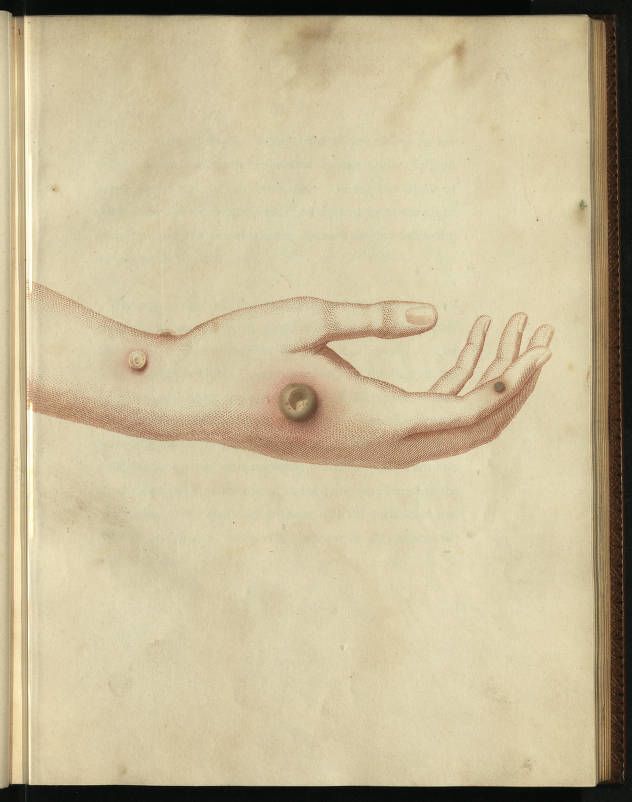
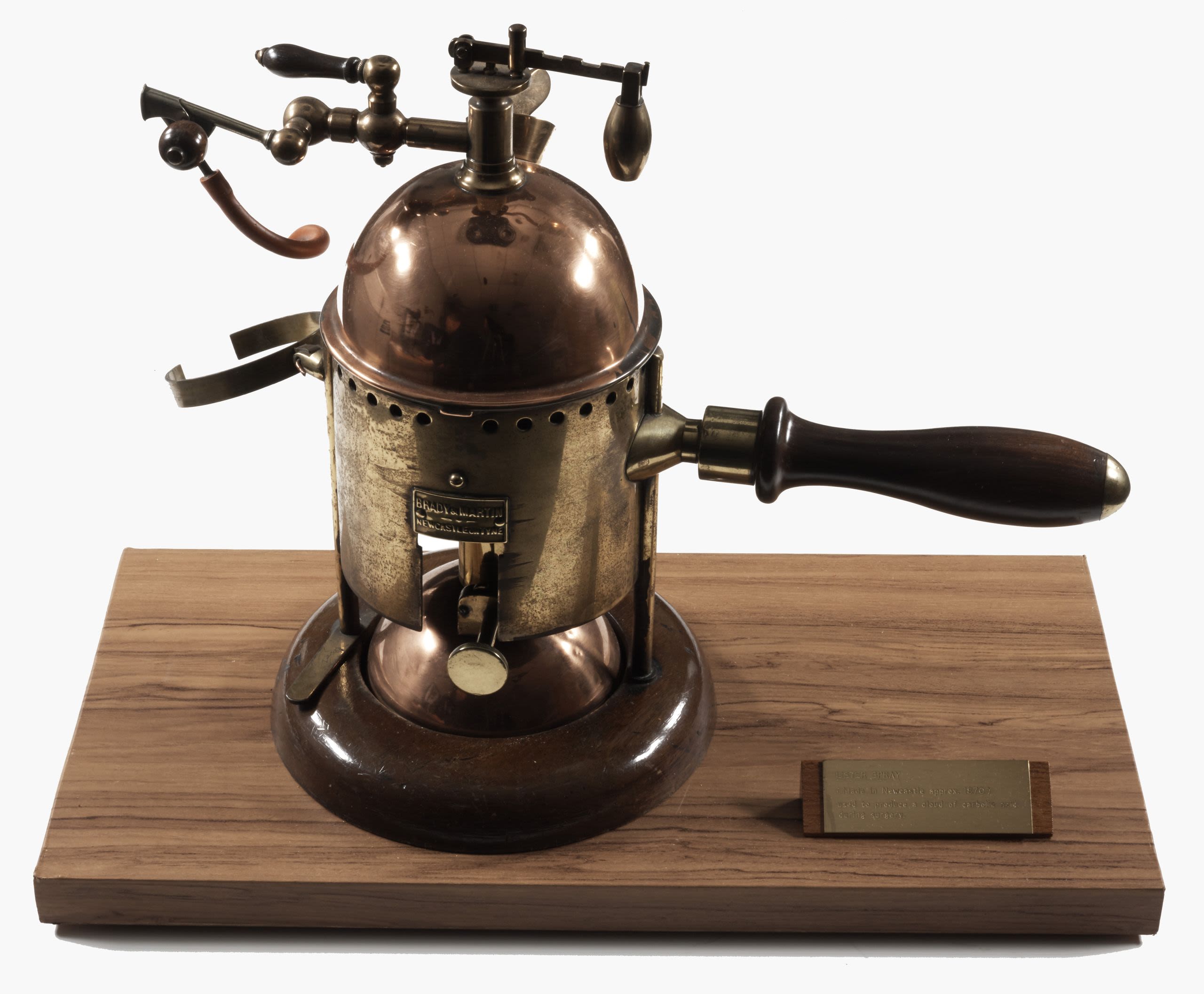

Horus Amulet: This amulet was popular in Ancient Egypt. It represents Horus, the god of the sky. Amulets like this symbolised rebirth and were thought to protect the wearer. They were used by both the living and for the dead.
Horus Amulet: This amulet was popular in Ancient Egypt. It represents Horus, the god of the sky. Amulets like this symbolised rebirth and were thought to protect the wearer. They were used by both the living and for the dead.

Ambroise Paré: Pioneer in surgery and battlefield medicine. Page from Paré’s book showing an illustration of an artificial hand, made of iron. Pyb S.i.10, Newcastle University Special Collections.
Ambroise Paré: Pioneer in surgery and battlefield medicine. Page from Paré’s book showing an illustration of an artificial hand, made of iron. Pyb S.i.10, Newcastle University Special Collections.

Hygiene kit: A replica medieval hygiene kit found at Chevington Chapel, Northumberland. The kit is made up of four tools: an ear scoop, two tooth picks and nail cleaners.
Hygiene kit: A replica medieval hygiene kit found at Chevington Chapel, Northumberland. The kit is made up of four tools: an ear scoop, two tooth picks and nail cleaners.

Galen: One of the most influential doctors of the Roman world whose ideas dominated medical teaching and practice for around 1500 years. Galen’s Of Black Bile, a book explaining one of the Four Humours. In ancient and medieval times, back bile was believed to cause melancholy or sadness. Pybus A.iii.25, Newcastle University Special Collections.
Galen: One of the most influential doctors of the Roman world whose ideas dominated medical teaching and practice for around 1500 years. Galen’s Of Black Bile, a book explaining one of the Four Humours. In ancient and medieval times, back bile was believed to cause melancholy or sadness. Pybus A.iii.25, Newcastle University Special Collections.

Egg Amulet: An egg-shaped stone amulet found at Housesteads Roman Fort, Hadrian’s Wall. It was believed to have provided women with good luck during childbirth.
Egg Amulet: An egg-shaped stone amulet found at Housesteads Roman Fort, Hadrian’s Wall. It was believed to have provided women with good luck during childbirth.

Andreas Vesalius: Sixteenth Century anatomist who was legally allowed to perform dissection of human bodies. Title page of the second edition of Andreas Vesalius’ most famous work, The Fabric of the Human Body, 1555. The image shows Vesalius performing a dissection with people watching. Pyb N.v.10, Newcastle University Special Collections.
Andreas Vesalius: Sixteenth Century anatomist who was legally allowed to perform dissection of human bodies. Title page of the second edition of Andreas Vesalius’ most famous work, The Fabric of the Human Body, 1555. The image shows Vesalius performing a dissection with people watching. Pyb N.v.10, Newcastle University Special Collections.

William Harvey: First person to accurately describe how blood circulates around the human body. Page from Harvey’s book, On the motion of the heart and blood showing William Harvey’s experiments to demonstrate how blood is pumped around the body. Pyb L.iii.19, Newcastle University Special Collections.
William Harvey: First person to accurately describe how blood circulates around the human body. Page from Harvey’s book, On the motion of the heart and blood showing William Harvey’s experiments to demonstrate how blood is pumped around the body. Pyb L.iii.19, Newcastle University Special Collections.

Edward Jenner: Inventor of the world’s first vaccine. Page from Jenner’s book, showing a cowpox pustule on the hand of milkmaid Sarah Nelmes, from which Jenner drew matter to test his theory on an eight-year-old boy, James Phipps. Pyb D.iii.6, Newcastle University Special Collections.
Edward Jenner: Inventor of the world’s first vaccine. Page from Jenner’s book, showing a cowpox pustule on the hand of milkmaid Sarah Nelmes, from which Jenner drew matter to test his theory on an eight-year-old boy, James Phipps. Pyb D.iii.6, Newcastle University Special Collections.

Joseph Lister: Father of antiseptic surgery. Lister spray, made in Newcastle (approx. 1870). Used to produce a cloud of carbolic acid during surgery. Joseph Lister carbolic spray, Newcastle University Special Collections.
Joseph Lister: Father of antiseptic surgery. Lister spray, made in Newcastle (approx. 1870). Used to produce a cloud of carbolic acid during surgery. Joseph Lister carbolic spray, Newcastle University Special Collections.
Below are digital copies of the information panels on display at the Great North Museum: Hancock.
They feature work produced by Cardinal Hume GCSE History students, who were asked to explore some of the key factors in the development of medicine over the last one thousand years.
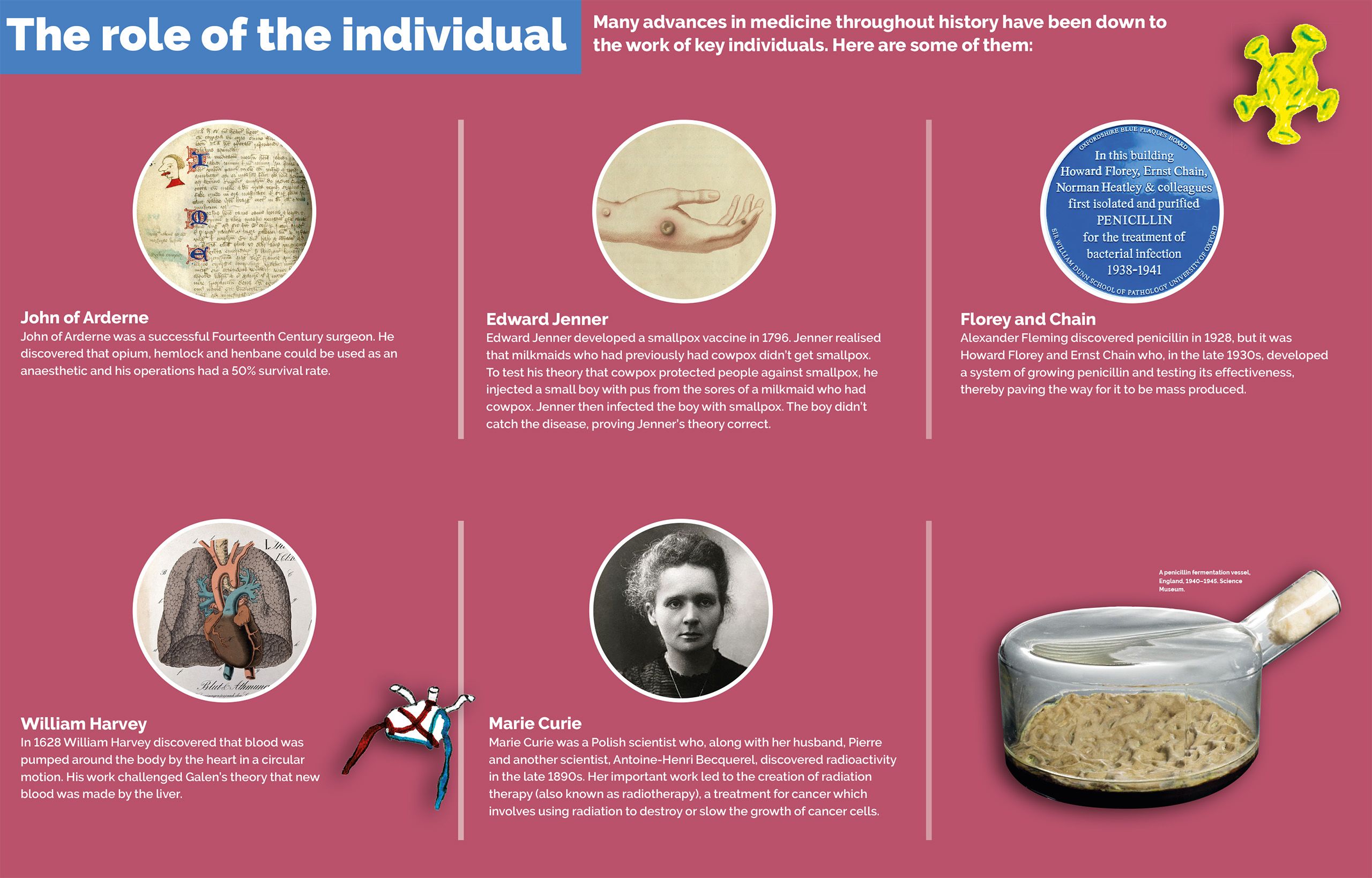
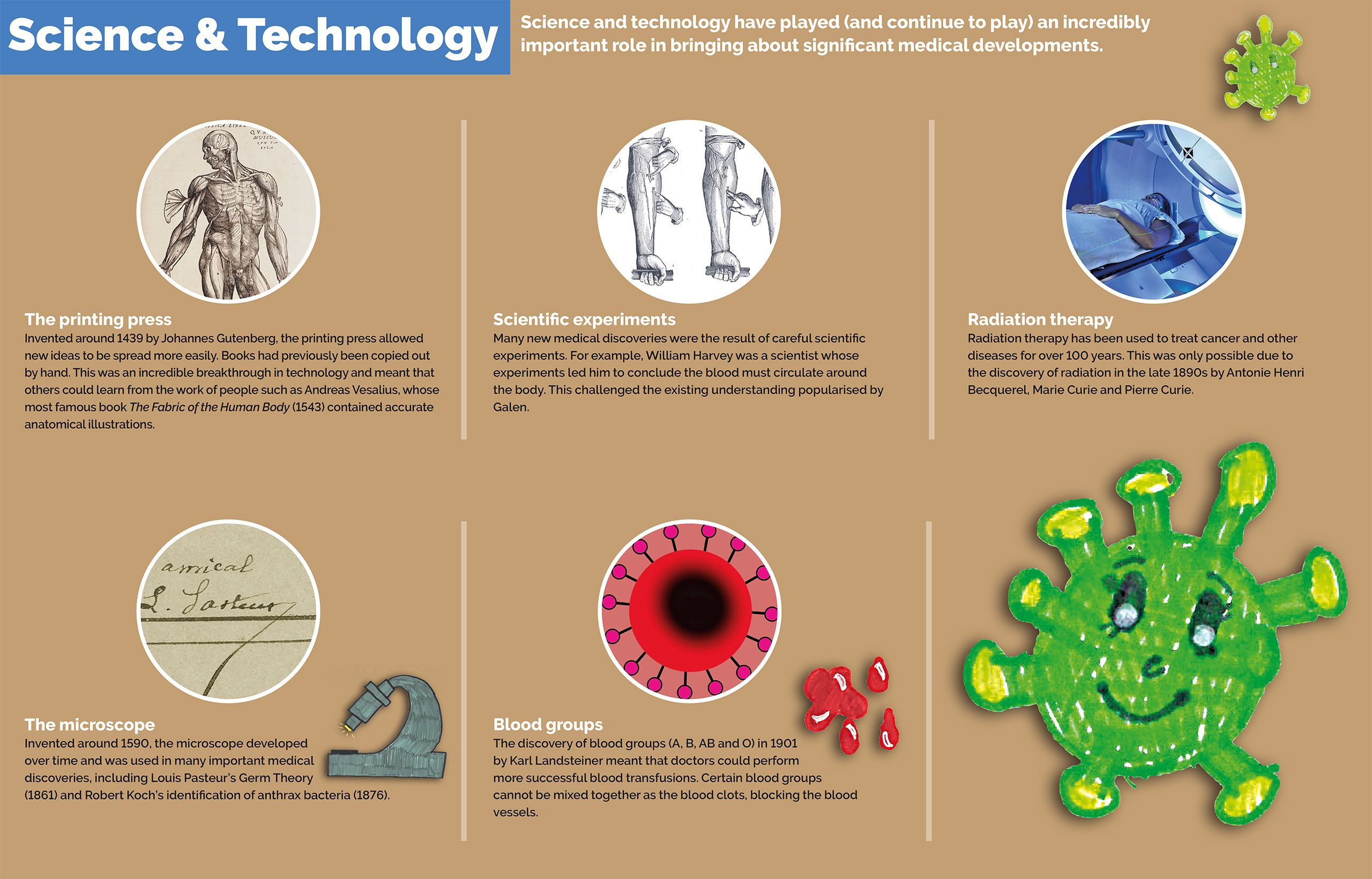
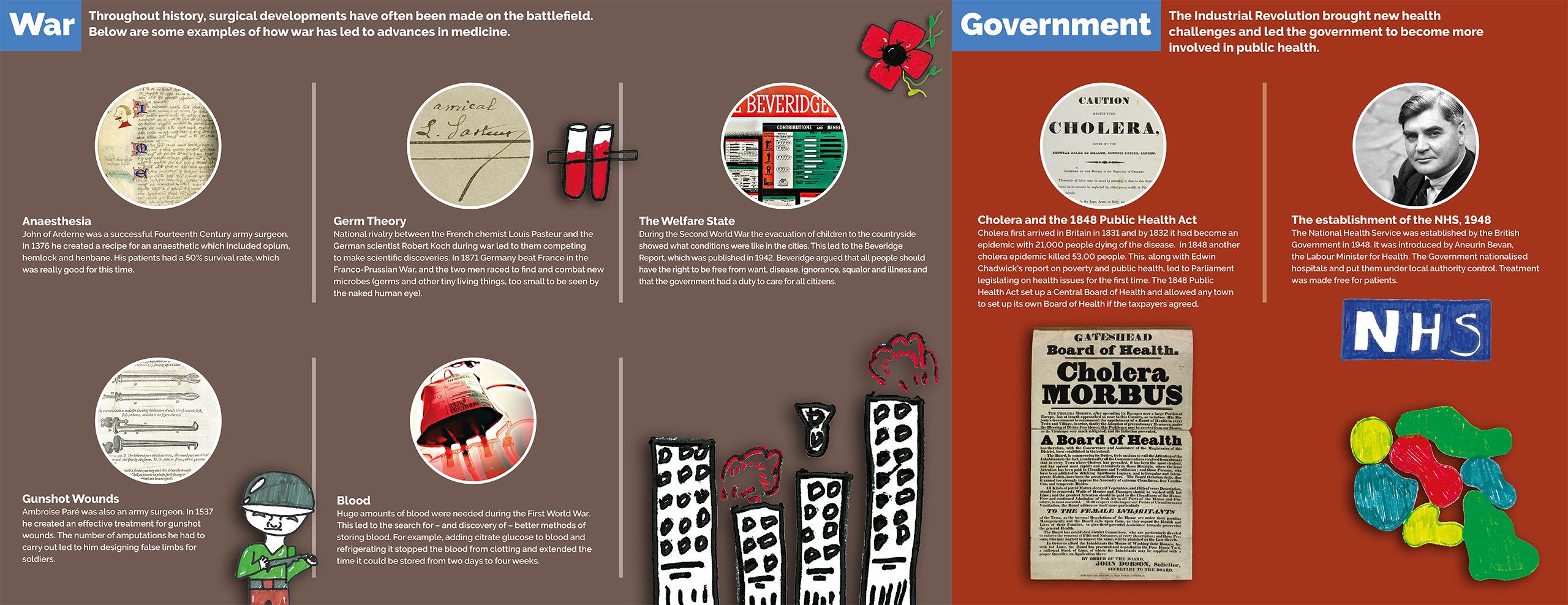
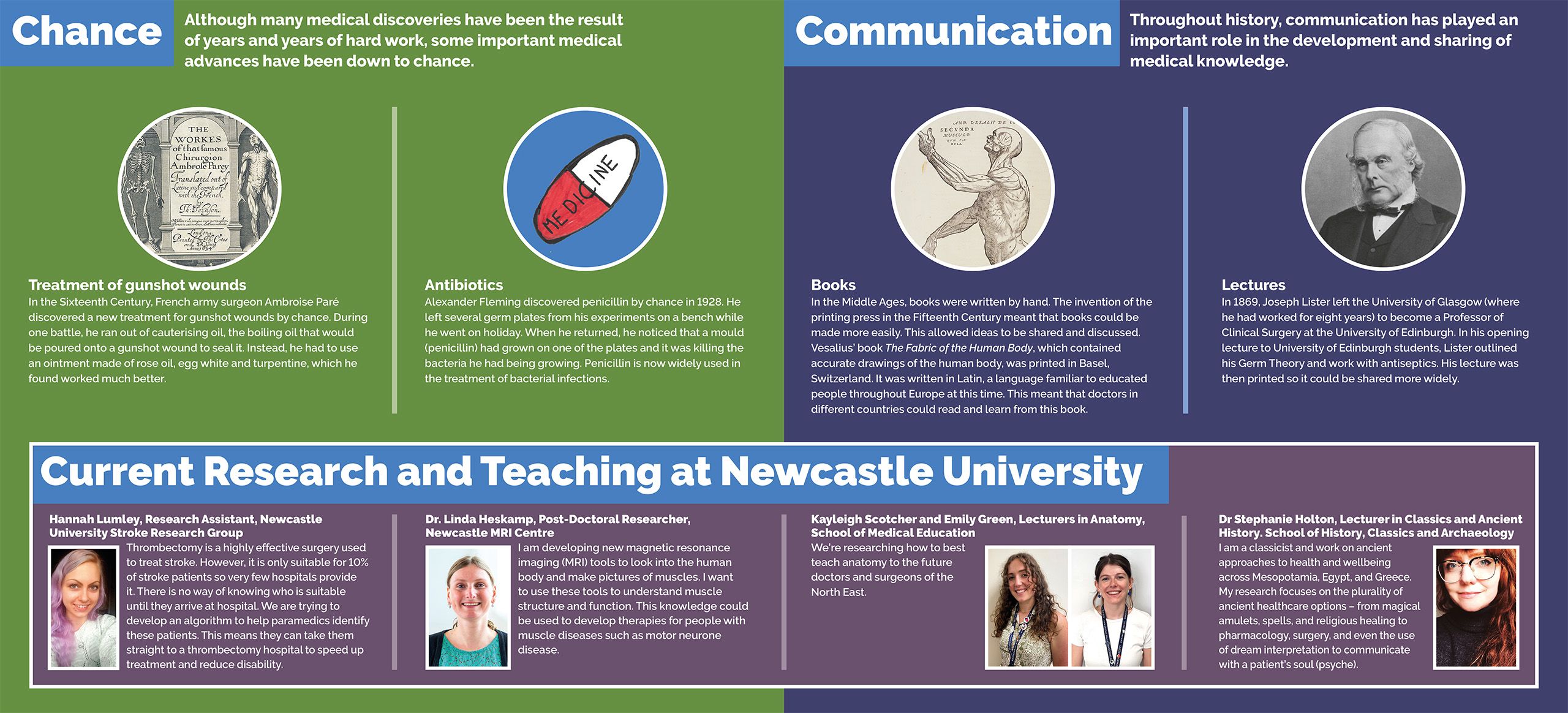
Thank you to everyone who contributed to this project!
